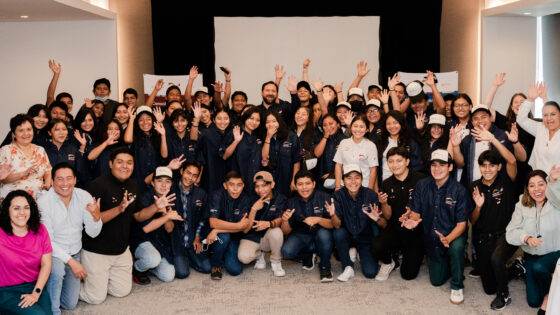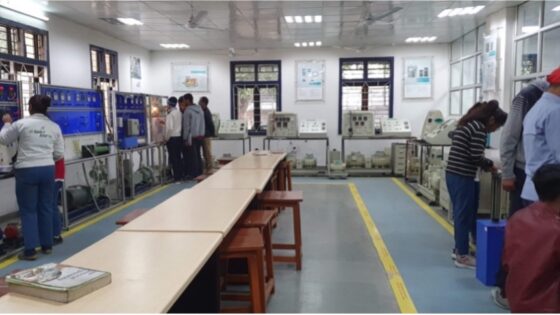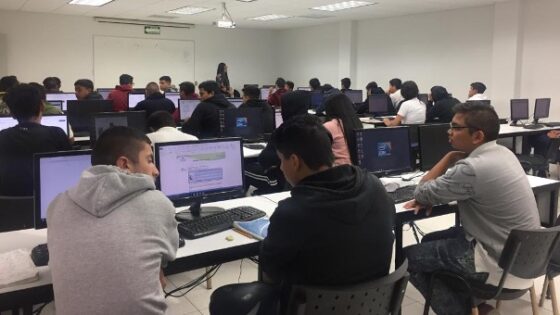
Uncertain Itineraries: The Germanic Model of Vocational Education and its Future in Contemporary India
Srabani Maitra, University of Glasgow
Saikat Maitra, Indian Institute of Management-Calcutta, India
The current ‘Skill Mission’ initiated by the government of India since 2015 is an ambitious national level programme to harness the ‘demographic dividend’ of the country. Under the ‘Skill Mission’ emphasis is given on making the existing apprenticeship programmes more robust and responsive to industry demands. The adoption of the Dual System of Training (DST) from 2016 as part of the formal vocational education is a consequence of the larger vision for skill development in India. Drawing on the Germanic model with students getting exposed to shop floor experiences at a relatively early stage, DST is aimed at making the youth workers geared towards specific industry demands and inculcating better work-place discipline. DST is seen within the policy framework as critically complementing existing apprenticeship programmes in India, which typically starts after students graduate from vocational institutions with very limited industrial experience.
However, while the Germanic model of vocational education has been highly acclaimed for skill training, doubts remain about how well such international policy transfers impact a socio-economically and culturally different context like India. Drawing on Cultural Political Economy approach, this paper aims to explore the underlying policy drivers and imperatives framing the adoption of DST in India. Based on 30 in-depth qualitative interviews with key stakeholders like technocrats, policy-makers, business representatives, trade unionists and studies of 4 key policy documents, this paper analyses the reasons for adopting the dual system of training as well as the political, economic and cultural challenges to it in the India context. The paper argues that with 90% of the labour force in India restricted to the informal sector, there are reasons to believe that Indian industries may not necessarily welcome the burden of training apprentices on the shop floor. Even at this early stage of implementation of the DST model, the present recession in the Indian manufacturing sector has led to increasing reluctance of industrial partners in providing the requisite on-shop training for vocational students – a development that makes the future continuation of the DST programme in India rather uncertain. Moreover, the divergence between the official course curriculum as followed by vocational institutions like Industrial Training Institutes and what students learn on the actual shop floor under DST often leads to students under-performing in examinations based on the school curriculum. In effect, under DST the students encounter two parallel models of skill training with exposure to divergent technologies, work-processes and knowledge transfers. Symmetrical relationship between curriculum based skill training and on-floor applications of such training – a key policy objective of DST – remains elusive as yet. The DST in India itself has emerged from the entanglement of divergent policy objectives, which might not be compatible with each other. While employment generation and poverty alleviation through industry-specific skill training remain the core policy objectives of DST, the depressed Indian labour market suggests that in effect ‘a reserve army’ of skilled workers is emerging with increasing difficulty in finding employment.



